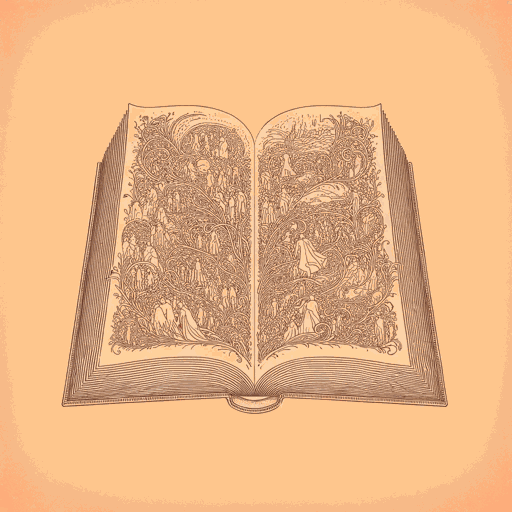52 pages • 1 hour read
Leo TolstoyThe Kreutzer Sonata
Fiction | Novella | Adult | Published in 1889A modern alternative to SparkNotes and CliffsNotes, SuperSummary offers high-quality Study Guides with detailed chapter summaries and analysis of major themes, characters, and more.
Background
Sociohistorical Context: Turbulence and Conflict in 19th-Century Russia
The late 19th century was a transitionary period in Russian history that saw sweeping changes affecting all levels of society. Following Russia’s defeat in the Crimean War in 1855, Russian policymakers became determined to develop the country’s economy and industry to better compete with the modern industrialized nations of Western Europe. These changes, alongside judicial, economic, and administrative reforms, created turbulence and conflict on both the individual and national level, bringing many fundamental philosophical and moral debates to the forefront of public consciousness.
The biggest upheaval to Russian society during this period was the abolition of serfdom in 1861, which freed the downtrodden Russian peasant class from indentured servitude. Additionally, investment into developing industries created a new urban working class in the industrial cities of Russia. Such changes led to significant departures from the traditional ways of life, encouraged by the growing influence of “Europhile” thought and an increasing number of university-educated young people taking an interest in domestic policy.
Such changes incited reactionary opposition from conservative quarters, particularly among the nobility and the church, both of which had long since benefited from the privileges afforded to them under the prior status quo. Conversely, revolutionary factions pushed for further reforms, motivated by the large wealth disparity that still existed between the social classes and the lack of any political reform.
Related Titles
By Leo Tolstoy

A Confession
Leo Tolstoy

Anna Karenina
Leo Tolstoy

God Sees the Truth, but Waits
Leo Tolstoy

Hadji Murat
Leo Tolstoy

How Much Land Does a Man Need
Leo Tolstoy

Master and Man
Leo Tolstoy

The Cossacks
Leo Tolstoy

The Death of Ivan Ilyich
Leo Tolstoy

War and Peace
Leo Tolstoy

What Men Live By
Leo Tolstoy

